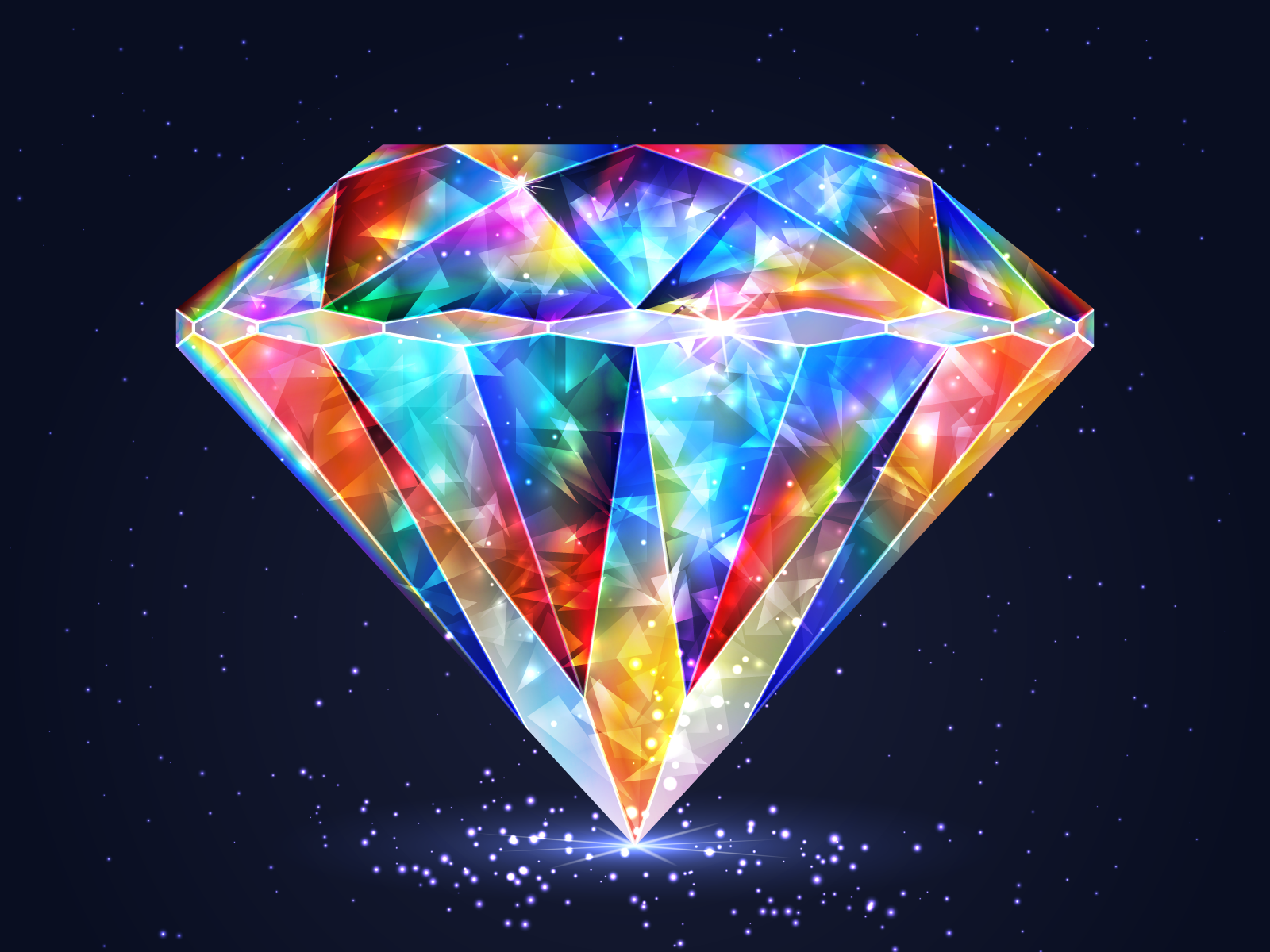
When it comes to diamonds, the allure of their brilliance and sparkle captivates the hearts of many. Yet, the question persists: which diamond cut embodies the epitome of sparkle? This exploration delves into the various cuts, each with its unique characteristics that influence their scintillation and fire, ultimately leading to a profound understanding of which cut shines the brightest.
The term “diamond cut” transcends mere geometry; it encompasses the artistry of craftsmanship that determines how light interacts with each scintillating facet of a diamond. Among the myriad of cuts available, the round brilliant cut reigns supreme in popularity, holding an iconic status that warrants critical examination. Its design, which typically features 58 facets, is finely honed to maximize light reflection, creating an extraordinary brilliance that many find irresistible.
One of the primary factors contributing to the round brilliant cut’s stellar sparkle lies within its proportion and symmetry. The skillful arrangement of its facets enables optimal light performance, resulting in an enhanced display of brilliance and fire—a phenomenon where white light is broken into its spectral colors. This interplay is what enchants both casual observers and seasoned gemologists alike. As light enters the diamond, it is refracted and reflected, leading to an entrancing dance of light that can evoke a sense of wonder.
In contrast, consider the princess cut—a contemporary alternative that has surged in popularity since its introduction in the late 20th century. With its modern silhouette characterized by sharp corners and a brilliant facet arrangement, the princess cut offers an alternative avenue for magnificence. While the princess cut captures a considerable amount of light, its brilliance does not necessarily rival that of its round counterpart. The configuration and facet design render the princess cut capable of displaying extraordinary fire; however, it may lack the same overall scintillation seen in a round brilliant diamond.
Moreover, the asscher cut, a vintage style that harkens back to the Art Deco era, presents a striking visual experience distinct from its more modern competitors. Designed with a step-cut architecture, it exhibits a unique “hall of mirrors” effect—a captivating optical illusion that invites the viewer to gaze deeper into its depths. The asscher cut produces a striking visual experience, yet it requires higher clarity grades since inclusions may become more pronounced within its broad facets. Though it may not radiate the same level of extreme brilliance, the allure of its classic elegance shines through, attracting a niche audience appreciative of its historical charm.
Transitioning to yet another option, the oval cut embodies a delicate blending of classic and contemporary design. It retains the brilliance of the round cut while offering an elongated silhouette that may appeal to those seeking a sense of uniqueness coupled with tradition. Many aficionados appreciate how the oval cut appears larger than its carat weight suggests, thereby providing a dramatic visual impression that can stand out in any setting. As with all shapes, cut quality remains paramount—an expertly cut oval will undoubtedly exhibit sparkle that can rival even the round cut under the right lighting conditions.
Beyond these common cuts, the cushion cut has emerged as a favored choice for those drawn to vintage aesthetics. Its soft, rounded corners and larger facets produce a romantic interplay of light and shadow, inviting an almost dreamlike quality. This nostalgic option often captivates admirers with its subtle sparkle and vintage charm. Nevertheless, the cushion cut is particularly dependent on the mastery of the cutter; variations in depth and ratio can result in significant differences in overall brilliance.
Now, let us consider the radiant cut—a hybrid between the round and princess cuts, combining angularity with brilliance. With its unique combination of facets, the radiant cut embodies a captivating aesthetic that marries square and rectangular forms. The cut’s proportionate face-up appearance complements its ability to disperse light in an enchanting manner. While it may not attain the same level of brilliance as the round cut, it does offer an exciting alternative for those who seek a distinctive yet sparkling option.
Then we arrive at the marquise cut, an alluring option characterized by its elegant, elongated shape. This cut employs strategic faceting to create a stunning illusion of size and sparkle. The marquise cut has its own history of elegance and is often associated with royalty; however, its narrow points should be treated with care, as they are prone to chipping. The perfect marquise cut can produce remarkable brilliance, but it requires a skilled practitioner, as suboptimal cuts may lead to a loss of light performance.
Conclusively, the quest for the diamond cut that sparkles the most is inherently subjective, influenced by individual preferences and the unique characteristics of each cut. While the round brilliant cut remains the uncontested champion in brilliance and fire, alternatives such as the princess, oval, and cushion cuts each offer their own mesmerizing qualities. Selecting a cut is not merely a matter of sparkle alone; it necessitates a deeper deliberation of style, setting, and emotional resonance. Thus, one’s journey to find the perfect diamond becomes a personal odyssey marked by the convergence of beauty and craftsmanship, igniting curiosity about the wondrous world hidden within these exquisite gems.
